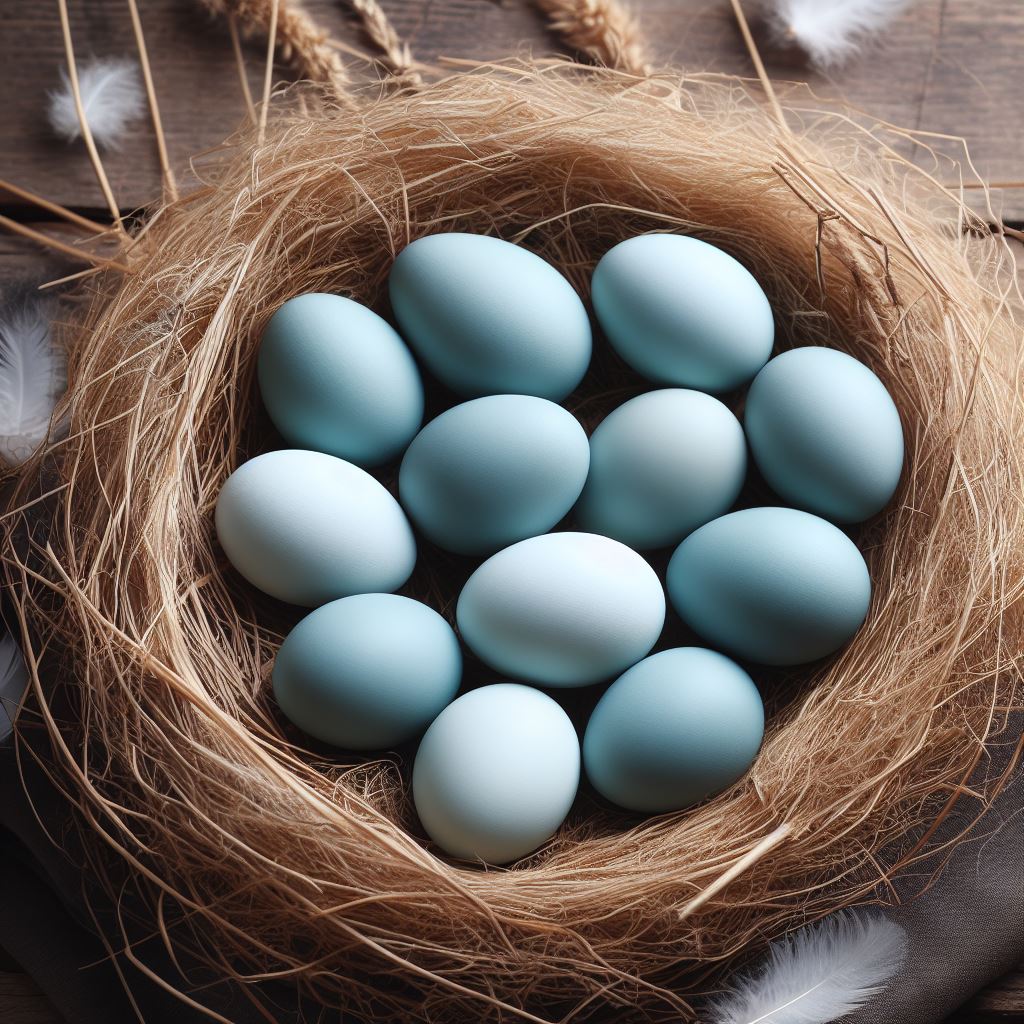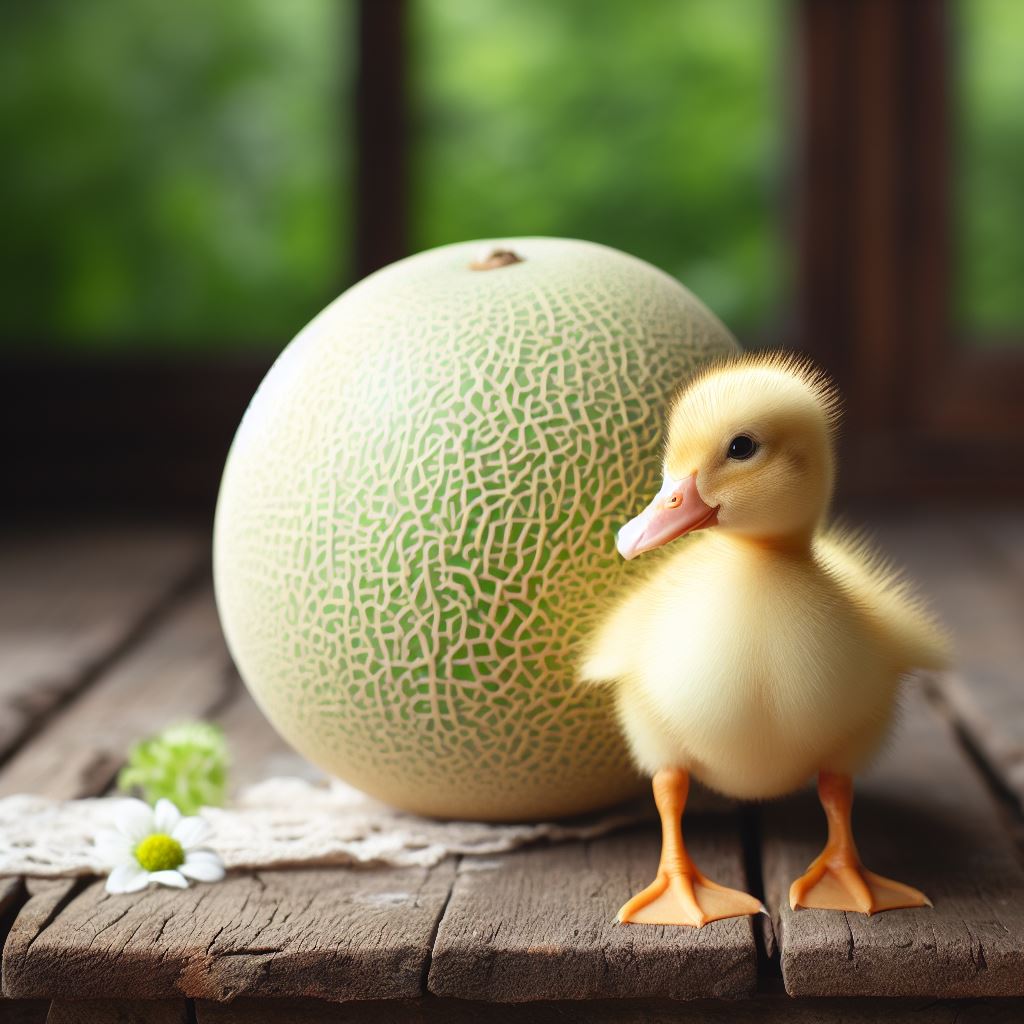Can Ducks Eat Crickets? Everything You Need to Know

Table of content:
- Can Ducks Eat Crickets?
- Nutritional Value of Crickets for Ducks
- Best Crickets for Ducks
- How Often Can Ducks Eat Crickets?
- Catching and Feeding Crickets to Ducks
- Are There Any Risks With Feeding Ducks Crickets?
- Types of Ducks That Eat Crickets
- FAQs – Feeding Crickets to Ducks
- Conclusion: Crickets Are a Healthy, Fun Duck Treat!
Crickets and other insects make up an important part of the natural diet of many duck species. But can domestic ducks also eat crickets? And are crickets nutritious and safe for ducks to eat? This in-depth guide provides answers.
Ducks are waterfowl that belong to the Anatidae family, which also includes swans and geese.
Most ducks are opportunistic omnivores and eat a varied diet consisting of:
- Aquatic insects and larvae
- Aquatic vegetation and algae
- Seeds and grains
- Small fish, frogs, and other pond life
Dabbling ducks like Mallards feed mainly at the water surface, while diving ducks forage deeper underwater. Ducklings and breeding ducks have especially high protein requirements.
Wild ducks get most of their nutrients from natural freshwater habitats. But pet, domestic, and farm ducks rely on their owners to provide a nutritious, balanced diet.
Can Ducks Eat Crickets?
Yes, absolutely! Crickets are perfectly healthy and safe for ducks to eat.
Crickets and other insects make up the natural diet of many wild ducks. Bugs provide essential proteins, nutrients, and variety that ducks thrive on.
Some species like the Wood Duck get over 50% of their diet from aquatic and land insects. So crickets can be an important supplemental food.
Both adult and baby ducks will readily catch and eat live insects like crickets. Cricket protein can be a lifesaver for fast-growing ducklings.
So feel free to offer live or dried crickets as treats or daily feed. They’re a tasty replacement for bland commercial pellets.
Nutritional Value of Crickets for Ducks
Here’s a quick look at why crickets and insects are such great additions to a duck’s diet:
High in protein – Crickets contain 60-70% protein, providing ten times more protein than vegetables. Growing ducklings need lots of protein.
Other nutrients – Crickets have healthy fats, vitamins and minerals like calcium, iron, zinc, and B vitamins. Much more nutritious than bread or crackers!
Natural food source – Insects are what ducks evolved to eat, so they’re easily digested and utilized. More natural than processed pellets.
Variety – Ducks crave variety! Crickets add diversity and enrichment to boring daily feeds. Keeping ducks engaged and well-fed.
Supports foraging skills – Hunting live insects encourages natural foraging behaviors absent in captivity or domestic ducks. Keeps their mind and body active.
So by offering live or dried crickets, you provide ducks with the energy, nutrition, variety and stimulation they crave.
Best Crickets for Ducks
The most common crickets you’ll find commercially available for duck treats include:
Camel crickets – Also called cave crickets. Get fairly large at over 1 inch. Better for adult ducks.
House crickets – The most common pet feeder cricket. Sold small to large sizes for any age duck.
Banded crickets – Colorful black crickets with yellowish bands. Same nutrition as house crickets.
Other farm-raised insects like mealworms also make great treats and feeders for captive ducks.
If you don’t want the hassle of live insects, you can also find dried or freeze-dried crickets and worms. But most ducks go crazy for the movement of live bugs!
How Often Can Ducks Eat Crickets?
You don’t need to overload on crickets – they’re a supplemental feed, not the whole diet. Here are some feeding guidelines:
Ducklings – Can make up 25% of daily food for growing ducklings after the first week of life.
Adults – Around 5-10% of an adult duck’s diet can be insects like crickets for variety.
Treats – Crickets also make for great daily treats. Offer a handful per duck anytime!
Make sure the feed is balanced with commercial duck food and fresh veggies. And always provide clean water.
Monitor if treated feeding attracts wild insects to avoid disease. Check for any molting crickets that are not eaten, removing them promptly.
Catching and Feeding Crickets to Ducks
If you want to offer live crickets, they’re readily available at most pet stores. You’ll need a secure cricket keeper designed specifically for housing live crickets.
Place some washed lettuce leaves, vegetable skins and egg cartons in the keeper for moisture and hiding spots. Use cricket feed sparingly and provide a water source.
To feed crickets:
- Open the lid of the cricket keeper and gently shake over a large flat surface. Crickets will hop out – catching some takes practice! You can also carefully scoop them by hand.
- Place captured crickets into a shallow dish and present to the ducks. Make sure to closely supervise.
- Remove any uneaten crickets within 15 minutes before they get away or hide. Ducks enjoy the fun of foraging and catching their prey.
You’ll be amazed at how quick ducks are at gobbling up insects like juicy crickets!
Some key tips:
- Don’t overload. Ducks will ignore excess crickets.
- Ensure variety in feed. Crickets complement a balanced diet.
- Always supervise treat time. Pull unused crickets promptly.
Follow basic food safety and cleanliness practices too for healthy ducks. Making your treats? Collect crickets safely from pesticide-free areas. You can also find bulk frozen crickets from specialty suppliers to thaw and feed.
And what about other insects like earthworms, grubs and slugs? Most are safe and healthy duck treats in moderation too! Vary their feed for happy ducks.
Are There Any Risks With Feeding Ducks Crickets?
Crickets are perfectly safe for ducks with little downside. But here are a couple of things to consider:
Choking hazard – Don’t offer large crickets or excessive amounts to young ducklings. Use proper sized feed.
Micro-nutrient imbalance – Too much insect protein causes calcium/phosphorus imbalance. Combine with grains/veg.
Pests – Excess crickets can escape and become an annoyance pest. Dispose of it properly.
Diseases – Feeding wild-caught insects risks potential pesticide/insecticide exposure or parasites. Use commercial insects.
As always it’s best practice to:
- Vary feed composition and protein sources
- Feed a balanced diet
- Choose high quality feed
- Practice biosecurity
But overall, quality crickets make for a fun, safe and healthy supplemental feed that ducks absolutely love!
Types of Ducks That Eat Crickets
Any duck species can eat crickets, but some are more likely to be natural insectivores:
Mallard Duck
The Mallard is the most common wild duck across North America. Mallard’s frequent ponds and wetlands where they dabble feed on surface vegetation and small pond life like insects.
In the spring and summer, 80% of a Mallard’s diet can be insects. Their varied nutrient sources help Mallards thrive in diverse wetland habitats.
Wood Duck
Wood Ducks and other perching river ducks catch lots of insects both underwater and on land. Nearly 60% of the Wood Duck diet is insects like flies, beetles, moths, mosquitoes and midge larvae gobbled up near forest streams.
Wood Ducks have also adapted to eat acorns and other nutritious land vegetation to maintain healthy protein and energy levels during dormant seasons when aquatic bugs are scarce.
Muscovy Duck
Muscovies are tropical domestic ducks known for rummaging barnyards and ponds eating mice, frogs, snakes, and any insects they can catch!
As opportunistic feeders, Muscovies seek out abundant territory food sources, while keeping nuisance insect levels down. Their strong claws even help them perch on branches to pick off unsuspecting juicy bugs!
Ducklings
Insect protein is especially crucial for developing ducklings in their first few weeks of rapid growth. Fluffy orphaned ducklings seldom survive in nature without a mother hen’s supply of protein-rich insects.
Duckling feed needs to consist of at least 25% insect material for healthy growth. Mealworms, crickets and flies are perfect feed supplements.
So any juvenile or baby ducks will greedily gobble down extra insects like crickets at treat time!
FAQs – Feeding Crickets to Ducks
Let’s cover some common questions about feeding crickets and insects to ducks:
Are crickets high in protein for ducks?
Yes! Crickets contain 60-70% protein, while organisms like mealworms and superworms contain 20-30% protein. Much higher than vegetable or grain sources.
What insects do wild ducks eat?
Mallards, Wood Ducks, and other wild waterfowl eat a variety of aquatic insects like mosquito larvae, mayflies, dragonflies. And vegetation like duckweed and pond algae.
Do ducks need live insects?
Ducks certainly benefit from live insects that trigger foraging behaviors absent in domestic settings. But dried or freeze dried crickets can work too and are easier to manage than housing live insects.
Where do you buy crickets for ducks?
Most chain pet stores like PetSmart and local pet shops carry feeder crickets and mealworms perfect for duck treats and supplements. You’ll save on buying larger quantities.
Can I feed ducks earthworms from my garden?
Worms make great treats but avoid using toxic pesticide-treated earthworms. Maintain cleanliness washing off dirt and debris before feeding. Chop up large worms for ducklings.
What vegetables can you feed ducks?
Ducks enjoy leafy greens like kale, spinach, Swiss chard and lettuce. Staples like peas, sweet corn, squash, sprouts, zucchini are good too. Chop larger veggies to duck beak size.
Can too much protein hurt ducks?
Excess insect protein can cause bone/joint issues. Combine proteins like crickets with vegetables, grains and grit for balance. Provide clean drinking water.
Conclusion: Crickets Are a Healthy, Fun Duck Treat!
So can ducks eat crickets and insects? A resounding yes!
Not only is this natural food that many wild ducks thrive on, but bugs like crickets provide tons of key protein and nutrients needed for healthy development. Particularly for rapidly growing ducklings.
The nutritional composition of crickets makes them an excellent supplemental feed combined with grains and other duck foods.
Offering handfuls of live crickets provides domestic ducks valuable enrichment. Triggering natural foraging behaviors that stimulate both mind and body in ways processed feed can’t.
While crickets work well to mix up boring duck diets, they’re not a complete feed replacement. Use crickets and insects as 5-10% daily feed for adult ducks, or up to 25% for ducklings. Combine with duck starter feed, fresh greens, vegetables and clean water.
Following these duck feeding best practices that incorporate yummy cricket protein, you’ll enjoy keeping your web-footed, bug-loving friends both happy AND healthy!
Welcome. I’m Adreena Shanum, the proud owner of this website, and I am incredibly passionate about animals, especially poultry. I founded adreenapets.com as a labor of love, stemming from my desire to share my knowledge and experiences with poultry enthusiasts worldwide.




